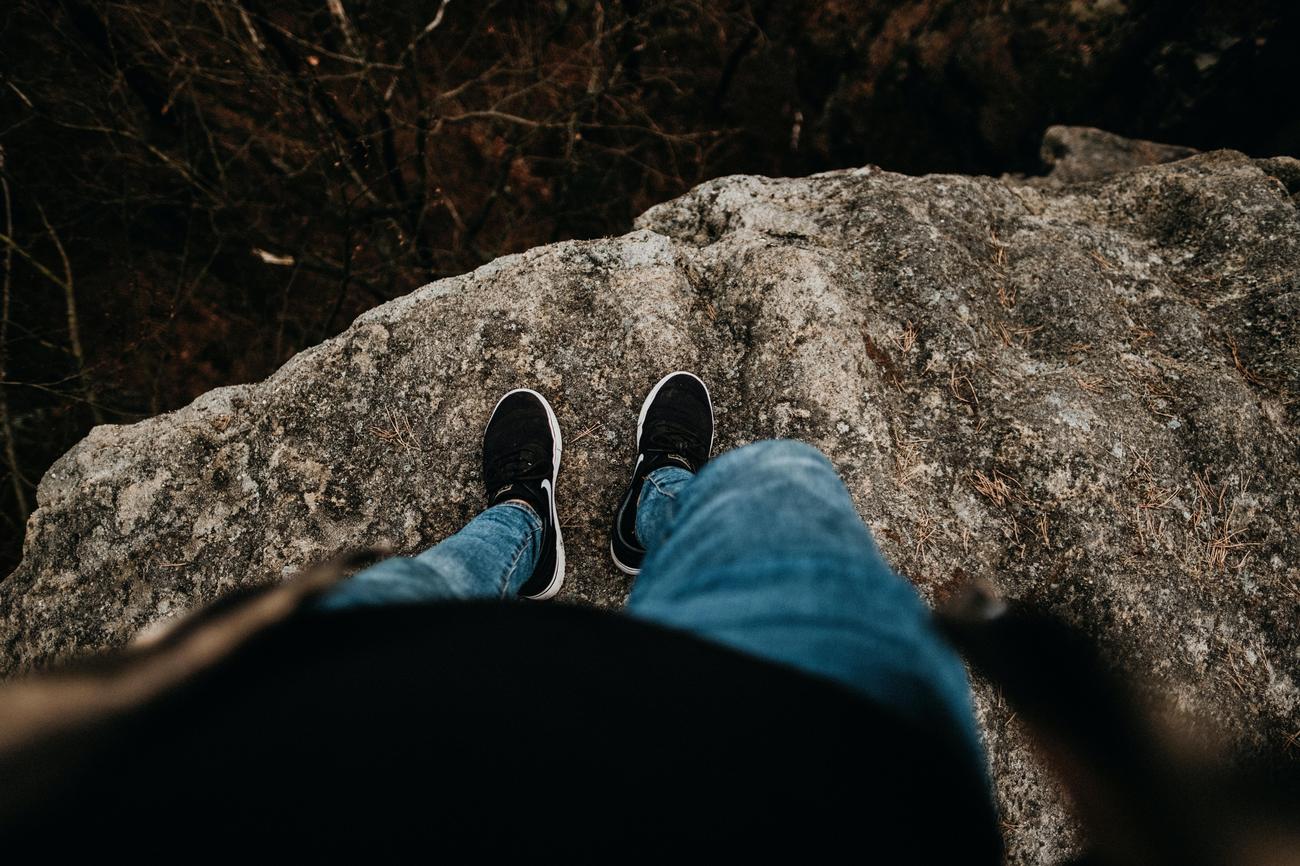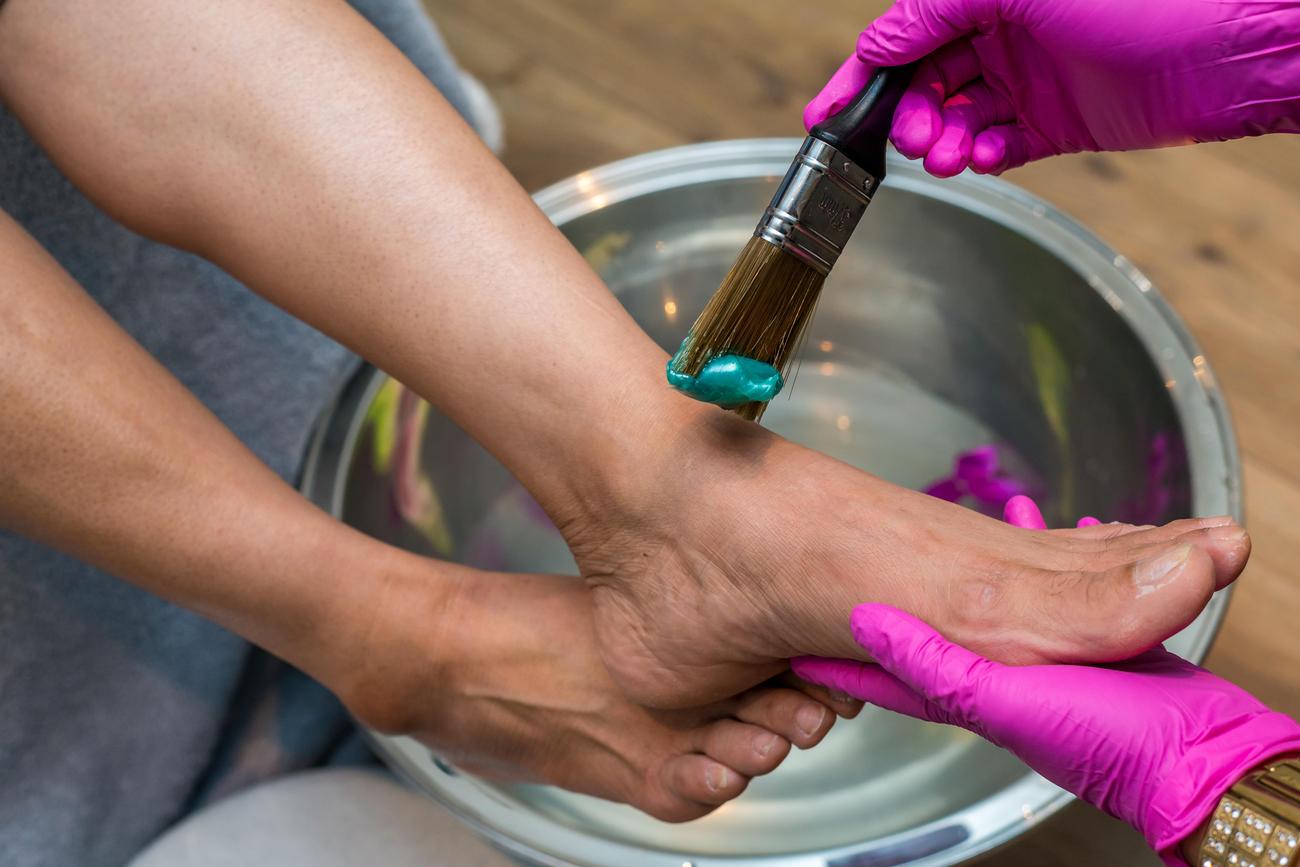Are you ready to delve into the fascinating world of feet bones? Prepare to be amazed as we unravel the incredible secrets and little-known facts about these intricate structures that support our bodies day in and day out. From the hidden complexities of their composition to the marvelous biomechanics that enable us to walk, run, and jump, feet bones are a marvel of engineering. Join me on this journey as we explore the captivating world of feet bones and discover the awe-inspiring truths that lie beneath the surface.

Facts About Feet Bones
When it comes to bones, our feet often get overlooked. But did you know that they make up about a quarter of all the bones in our bodies? That’s right! Most people have 26 bones in each foot, and out of those, 14 are found in the toes alone. Just imagine the intricate engineering that goes into these little marvels!
But it’s not just the number of bones that makes our feet remarkable. They also have an impressive number of joints. In fact, there are 33 joints in each foot, which makes them great mobile adaptors. Think about it – our feet need to be flexible enough to help us walk, run, jump, and dance. No wonder they have so many joints!
And let’s not forget about the soles of our feet. They contain more sweat glands and nerve endings per square inch than any other body part. That’s why walking barefoot on grass or sand feels so amazing. It’s like a sensory explosion for our feet!
Speaking of sensory experiences, did you know that babies are born with more cartilage than bone in their feet? As they grow and develop, this cartilage gradually turns into bone. It’s a fascinating process that highlights the incredible journey our feet go through from birth to adulthood.
Now, let’s talk numbers. The human body is made up of 206 bones, and 52 of these are found in our feet (26 in each foot). That’s a lot of bones dedicated to keeping us stable and mobile! But it doesn’t end there. Our feet also have 19 muscles and 107 ligaments working together to support our every step.
Among all these bones, there’s one that stands out – the calcaneus. It’s the largest bone in the human foot and forms the heel. Think of it as the foundation that absorbs the shock as we walk or run. Without the calcaneus, our feet would be in for a bumpy ride!
On the other end of the spectrum, we have the smallest bones in the human foot – the cuneiforms. These tiny bones are closest to the metatarsal bones, and they play a crucial role in maintaining the arches of our feet. They may be small, but they have a big job to do!
So, there you have it – some fascinating facts about feet bones. From the sheer number of bones and joints to the incredible sensory experiences and the importance of the calcaneus and cuneiforms, our feet bones truly deserve more recognition. After all, they are the foundation that keeps us on our feet and helps us navigate the world. So, let’s give a shout-out to our feet bones for all the amazing work they do!
“Our feet bones are the unsung heroes that keep us stable and mobile, with their intricate design and remarkable flexibility.”
Do you love learning fascinating tidbits about different body parts? Well, if you’re curious about feet, we’ve got a treat for you! Click here to uncover some fun facts about feet. You won’t believe some of the incredible things we’ve discovered about these often-underrated appendages. From their incredible flexibility to the surprising number of bones they contain, prepare to be amazed. So go ahead, indulge your curiosity and dive into the world of feet by clicking this link: fun facts about feet. Get ready to expand your knowledge and impress your friends with these intriguing foot facts!
Facts About Feet Bones
Did you know that our feet bones are fascinating structures with their own set of incredible features? Prepare to be amazed, as we delve into some captivating information about these remarkable skeletal components.
First up, let’s talk about interesting facts about feet bones. Did you know that the human foot consists of an impressive 26 bones? Yes, you read that right – an intricate network of bones working together to support our body weight and enable us to walk, run, and dance. If you’re curious to learn more about the composition of feet bones, click here: interesting facts about feet bones.
Now, brace yourself for some truly amazing facts about feet bones. Did you know that the longest bone in the human body resides in our feet? Yes, that’s right – the femur may steal the spotlight, but the metatarsal bones in our foot take the prize for length. If you’re eager to explore more mind-blowing information about feet bones, then don’t hesitate to click here: amazing facts about feet bones.
Prepare to be surprised by some astonishing facts about feet bones. Did you know that the bones in our feet are not fully formed at birth? They continue to develop and grow throughout our childhood and adolescence. How remarkable is that? If you want to discover more intriguing surprises about feet bones, click here: surprising facts about feet bones.
Feet bones are truly a marvel of human anatomy. Delving into the rich tapestry of information surrounding these essential components is both enlightening and awe-inspiring. So, take a moment to explore the intriguing facts about feet bones that await you. Your understanding of your body will thank you for it.
Bones in the Human Body: An Essential Overview
[youtube v=”ywDOiNEdJVc”]
The Anatomy of Bones: A Closer Look
The human skeletal system is a fascinating and vital part of our bodies. Let’s explore some of the key bones that make up this remarkable framework.
The Head: Protecting the Brain
The cranium is the protective bone structure that shields our brain from bumps and knocks. Another important bone in the head is the mandible, commonly known as the lower part of the skull. It is not only the largest but also the strongest bone in our face.
The Upper Body: Ensuring Protection
Moving down to the upper body, we come across the scapula, which is commonly known as the shoulder blade. This triangular-shaped bone is safeguarded by surrounding muscles. The ribcage also plays a crucial role in protecting our heart and lungs. Delicate in nature, this structure can be vulnerable to damage from accidents or even a powerful sneeze.
The Arms: Incredible Flexibility
The arm consists of three main bones. The humerus bone forms the upper arm, while the radius and the ulna form the lower arm. These two bones, found in each arm, connect between the elbow joint and the wrist. Working together, they ensure the flexibility and strength we need for various arm movements.
The Hand: A Complex Structure
Moving towards the hand, we discover a complex system of bones that allow us to perform intricate tasks. Divided into three groups, the carpals, metacarpals, and phallingers, these bones make up the palm and provide the dexterity we rely on every day.
The Legs: Strong Foundation
The femur, also known as the thigh bone, is the longest, heaviest, and strongest bone in our bodies. Supporting the body’s weight during activities such as running, jumping, walking, and standing, it plays a crucial role in our mobility.
The Knees and Lower Legs: Connecting the Dots
The patella, or kneecap, is a thick bone that covers and protects the knee joint. Below the knee, we find two significant bones: the fibula and the tibia. While the fibula provides attachment for muscles, the tibia, also known as the shin bone, is the strongest weight-bearing bone in our lower leg.
The Feet: Remarkable Adaptability
Lastly, let’s not forget about the remarkable bones in our feet. Our feet are incredibly versatile, adapting to various surfaces and providing balance and support. Did you know that half of our body’s bones are found in our hands and feet? Infants have around 300 bones in their feet, gradually fusing together to form the 52 bones in an adult foot.
The Remarkable Feet: More than Just Bones
Our feet are not only composed of bones but also comprise a complex network of muscles and ligaments, all working together to support every step we take. With 33 joints, our feet are highly mobile, allowing us to move in various ways.
The soles of our feet, with their abundance of sweat glands and nerve endings, are highly sensitive and contribute to our sense of touch. It’s no wonder that foot massages are so relaxing!
To highlight some key points:
- “Feet make up about a quarter of all the bones in our bodies.”
- “Most people have 26 bones in each foot, with 14 in the toes alone.”
- “Feet have 33 joints, making them great mobile adaptors.”
- “The soles of our feet have more sweat glands and nerve endings per square inch than any other body part.”
- “Babies are born with more cartilage than bone in their feet, which gradually turns into bone as they grow.”
- “The calcaneus, or heel bone, is the largest bone in the human foot and absorbs shock.”
- “The cuneiforms are the smallest bones in the human foot and are crucial for maintaining foot arches.”
In conclusion, the bones in our body play a crucial role in providing structural support, protecting vital organs, and enabling mobility. From the head to the feet, each bone has a unique purpose, contributing to our overall well-being.
So, next time you take a step or marvel at your hands, remember the incredible complexity that lies within. Our bones truly are the foundation of our bodies, allowing us to explore and experience the world around us.
FAQ
Question 1
How many bones are there in each foot?
Answer 1
Most people have 26 bones in each foot.
Question 2
How many bones are found in the toes?
Answer 2
Fourteen of the 26 bones are found in the toes.
Question 3
How many joints are there in the foot?
Answer 3
There are 33 joints in the foot which make them great mobile adaptors.
Question 4
What is the largest bone in a human foot?
Answer 4
The largest bone in a human foot is the calcaneus.
Question 5
Which bones are the smallest in a human foot?
Answer 5
The smallest bones in a human foot are the cuneiforms that are closest to the metatarsal bones.
- China II Review: Delicious Food & Speedy Service - April 17, 2025
- Understand Virginia’s Flag: History & Debate - April 17, 2025
- Explore Long Island’s Map: Unique Regions & Insights - April 17, 2025
















